Arcella
Ralf Meisterfeld and Edward MitchellIntroduction
Arcella is one of the larger genera of Arcellinida. About 50 species and many more varieties and forms are known. The type species is A. vulgaris Ehrenberg, 1832.
Characteristics
Species with a more or less circular shell, aperture central, invaginated, in many species surrounded by a tubus or a circle of pores (Fig. 1).
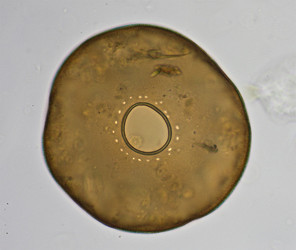 Fig. 1: Arcella catinus. The aperture is surrounded by a short tube and a ring of pores. © Ralf Meisterfeld | 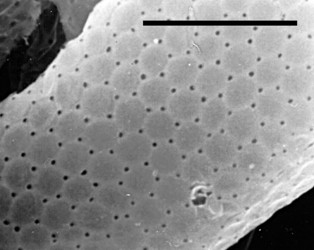 Fig. 2: Organic building units (Arcella hemisphaerica). © Ralf Meisterfeld |
Test completely organic, composed of box-like building units arranged in a single layer and cemented together resulting in an areolar surface (Fig. 2). Size of the building units varies between species. Young shells are colourless, older become brown, due to iron and manganese storage into the building units. Most species are binucleate, but A. hemisphaerica can have one (see title illustration) and several species have more; A. vulgaris multinucleata (see title illustration) has 7-10 and A. megastoma may have up to 200. These nuclei are always vesicular (Fig. 3).

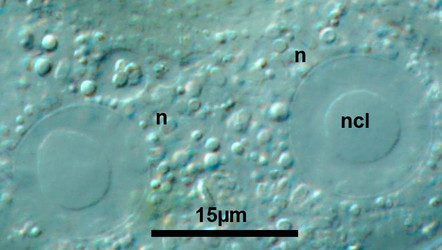
Fig. 3: Vesicular nuclei (Arcella vulgaris multinucleata). © Ralf Meisterfeld
Arcella species have several contractile vacuoles. The cell does not fill the test, sometimes it is fixed with small epipodes at the shell wall. The diameter of the tests varies between 25 and 300 µm. The cysts are round and are built within the test. In his monograph Deflandre (1928a) has subdivided this genus into four artificial sections and four derived groups on the basis of the height/diameter ratio, the presence of angular facets or a flat circular rim.
Ecology
Species of Arcella can be found in all freshwater biotopes, wet and dry mosses and, with a few species, in soils. Some species are characteristic for specific habitats – e.g. Arcella arenaria is common in dry mosses and Arcella artocrea pseudocatinus in wet Sphagnum.
Feeding
Arcella sp. are mainly herbivores (algae, fungi or bacteria).
Geographical distribution
Most species have a worldwide distribution, but Arcella brasiliensis and Arcella rota are only known from South America, and Arcella formosa from Canada, Germany and Hungary!
References
Deflandre, G. 1928a. Le genre Arcella Ehrenberg. Morphologie - Biologie. Essai phylogénetique et systématique. Arch. Protistenk., 64:152-189.
Decloitre, L. 1976a. Le genre Arcella EHRENBERG. Compléments à jour au 31. décembre 1974 de la monographie du genre parue en 1928. Arch. Protistenk., 118:291-309.
Decloitre, L. 1979b. Mises à jour au 31.12.1978 des mises à jour au 31.12.1974 concernant les genres Arcella, Centropyxis; Cyclopyxis; Euglypha et Nebela. Arch. Protistenk., 122:387-397.
Decloitre, L. 1982. Compléments aux publications précédentes. Mise à jour au 31.XII. 1981 des genres Arcella, Centropyxis, Cyclopyxis, Euglypha, Nebela et Trinema. Arch. Protistenk., 126:393-407.
Decloitre, L. 1986. Compléments aux publications précédentes. Mise à jour au 31. XII. 1984 des genres Arcella, Centropyxis, Cyclopyxis, Euglypha et Nebela. Arch. Protistenk., 132:131-136.
Netzel, H. & Grunewald, B. 1977. Morphogenesis in the shelled rhizopod Arcella dentata. Protistologica, 13:299-319.
Ogden, C. G. & Hedley, R. H. 1980. An Atlas of Freshwater Testate Amoebae. Oxford University Press, Oxford.
Title Illustrations

| Scientific Name | Arcella gibbosa |
|---|---|
| Location | Giessen, Germany |
| Specimen Condition | Dead Specimen |
| Identified By | Ralf Meisterfeld |
| Copyright |
©

|
| Scientific Name | Arcella conica |
|---|---|
| Specimen Condition | Dead Specimen |
| Identified By | Ralf Meisterfeld |
| Copyright |
©

|
About This Page
This page is being developed as part of the Tree of Life Web Project Protist Diversity Workshop, co-sponsored by the Canadian Institute for Advanced Research (CIFAR) program in Integrated Microbial Biodiversity and the Tula Foundation.

Rheinisch-Westfälische Technische Hochschule Aachen, Germany
Edward Mitchell

University of Neuchâtel
Correspondence regarding this page should be directed to Ralf Meisterfeld at and Edward Mitchell at
Page copyright © 2008 and Edward Mitchell
All Rights Reserved.
- First online 02 September 2008
- Content changed 02 September 2008
Citing this page:
Meisterfeld, Ralf and Edward Mitchell. 2008. Arcella . Version 02 September 2008 (under construction). http://tolweb.org/Arcella/124482/2008.09.02 in The Tree of Life Web Project, http://tolweb.org/




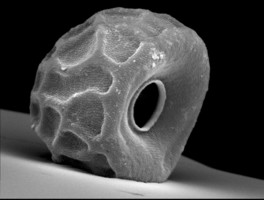
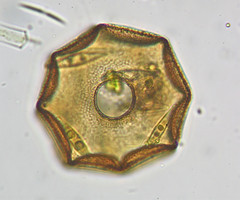
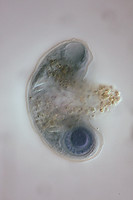
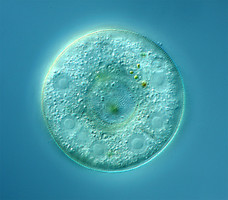
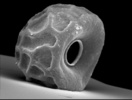


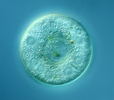


 Go to quick links
Go to quick search
Go to navigation for this section of the ToL site
Go to detailed links for the ToL site
Go to quick links
Go to quick search
Go to navigation for this section of the ToL site
Go to detailed links for the ToL site